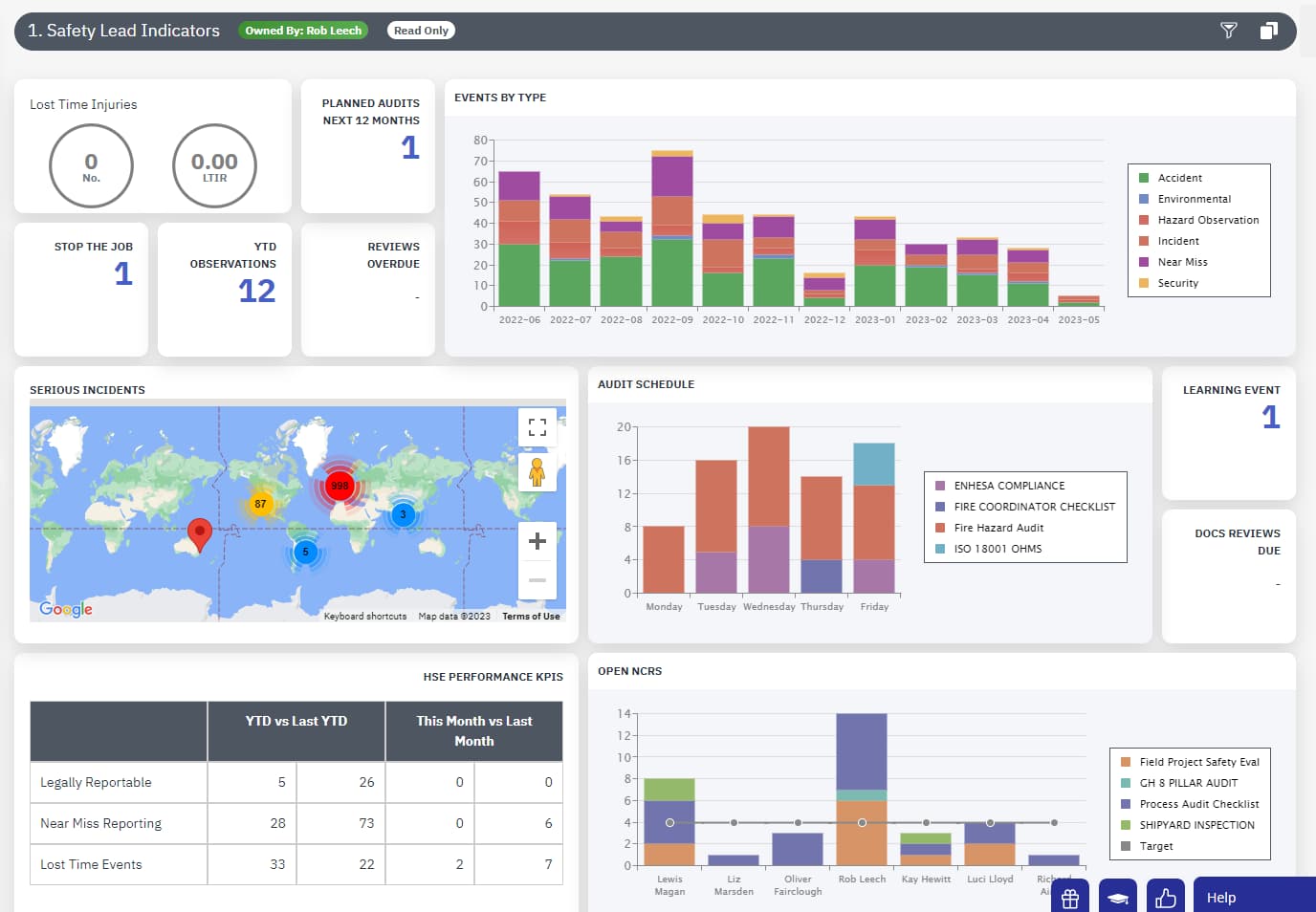
Manual Handling
What is Manual Handling?
Manual handling is a crucial aspect of many jobs, particularly in industrial workplaces, warehouses, construction sites, and healthcare facilities. It involves lifting, carrying, pushing, or pulling loads by hand or by other bodily force.
Manual handling can be defined as the transporting, supporting, or moving of a load by either lifting, carrying, pushing, or pulling.
The loads can be objects, people, or animals, and they can vary in shape, size, and weight. Some common examples of manual handling tasks are lifting boxes or equipment, moving furniture, hand-stacking materials and goods, and handling patients.

Manual handling is a serious risk in many workplaces Are you working to reduce the risks?
The Hazards Associated with Manual Handling
There are several hazards associated with manual handling that people should know about:
Physical Hazards
Manual handling entails the physical exertion of the body, leading to hazards such as musculoskeletal injuries, strains, sprains, and even fractures. These hazards can result from poor posture, repetitive movements, and overexertion.
Workers who are required to lift heavy objects or perform manual tasks for extended periods without proper training or equipment are at high risk of injury.
Employers should ensure that workers are trained on how to lift and handle loads safely, use lifting aids, and work in ergonomically designed workspaces.
Chemical Hazards
When manual handling involves the handling of hazardous materials, it can pose significant risks to workers. Chemical hazards can cause burns, rashes, respiratory problems, and even death.
Employers should provide employees with adequate training on the handling and storage of such materials. Safety procedures such as wearing personal protective equipment (PPE) and proper ventilation in workspaces should also be put in place to minimize chemical hazards.
Biological Hazards
Manual handling can also be a source of biological hazards such as infectious materials, microorganisms, and waste products. Workers handling such materials are at risk of exposure to infections and diseases such as hepatitis B and C, HIV, and tuberculosis.
Employers should provide appropriate PPE, ensure proper disposal of biological waste material and ensure that employees are trained on proper hygiene practices to prevent the spread of diseases from one company to another, depending mainly on the processes and standard procedures that employees are expected to follow.
Work-Related Stress
Manual handling tasks that require high levels of concentration, physical exertion, and repetitive motions can also cause work-related stress. Stress can affect a worker’s overall health and wellbeing, leading to an increase in absenteeism and lost productivity.
Employers should promote a healthy work-life balance by encouraging breaks, offering job rotation, and ensuring that workers are given adequate rest periods.
Environmental Hazards
Manual handling tasks can also expose workers to environmental hazards such as extreme temperatures, noise, and poor air quality. These hazards can lead to heat or cold stress, hearing loss, and respiratory problems.
Employers should provide a safe working environment that is well ventilated, and insulated to minimize the effects of environmental hazards. Adequate PPE such as gloves, helmets, and respirators should be provided when necessary.
How to Prevent Injuries from Manual Handling
Employers have a responsibility to reduce the risks associated with manual handling by implementing preventive measures. The most effective approach is to eliminate or reduce manual handling tasks that pose a high risk of injury. If it is not possible, employers can implement the following measures to minimize injury risks:
- Train workers in proper lifting techniques and body posture
- Provide specialized equipment such as lifting aids or trolleys
- Implement job rotation to ensure that workers do not spend long periods performing manual handling tasks
- Conduct regular assessments of manual handling tasks to reduce the risk of injury
The Benefits of Preventing Injuries Associated with Manual Handling
Preventing injuries associated with manual handling brings significant benefits to both employers and employees. Some of these benefits include:
- Reduced absenteeism and employee turnover
- Improved productivity and efficiency
- Reduction of worker’s compensation claims and costs
- Improved morale and job satisfaction
Use EcoOnline to Prevent Manual Handling Injuries
EcoOnline’s Risk Assessment tool can be used to educate employees about the risks associated with manual handling. It also allows companies to outline safety steps they have taken to proactively manage risk associated with manual handling, allowing them to take critical steps to prevent employee injuries.




